LG Lucid 3 Review
Introduction
Very rarely do low-end smartphones receive an established line of devices that get refreshed on a yearly basis, but interestingly enough, LG’s Lucid series over on Verizon is entering its third straight year. On the complete opposite end of the spectrum to the manufacturer’s flagship (the LG G2), the LG Lucid 3 carries along specs and features that cater to the users that want an affordable smartphone. With so many choices already floating about, it’s going to be interesting if this year’s updated device can stay a cut above the rest in the entry-level segment to stand out in the minds of consumers.
The package contains:
- microUSB cable
- Wall charger
- Get Started Guides
Design
For its intended target, the design of the LG Lucid expected – it’s not memorable but is nor totally forgettable.
In true fashion to the line, the LG Lucid 3 resorts to a more humble design, which isn’t surprising considering its class. Call it cookie-cutter, there isn’t anything that makes the design here memorable, seeing that its plastic body is more prone to scratches and smudges. Despite that, it’s at least easy on the hands with its form-fitting stature and lightweight feel – albeit, there’s some hollowness with the casing.
On the front, it features the two capacitive buttons separated by a physical home button, which doubles as its LED notification light. Meanwhile, the proximity sensor, earpiece, and front-facing 0.3-megaixel camera are positioned above the display. Looking around its trim, which has a slim silver plastic trim wrapping around, everything we’re familiar with are in order – they include the power button, volume control, microUSB port, microphones, 3.5mm headset jack. In the back of the phone, two small notches for its speaker grill lines the bottom area – while a 5-megapixel auto-focus camera with LED flash occupies the top portion.
Display
Not markedly better than its predecessor in the specs the department, it’s the low quality element of the panel that disappoints us.
Even though the size of the display with this year’s model has been bumped up to 4.7-inches, its resolution remains the same – qHD, which equates to 540 x 960 pixels. Nothing extraordinary, fine text might be a little garbled due to its below average pixel density count of 234 ppi, but for the most part, it’s still usable to view things in the web browser. However, we’re not fans of the lower quality IPS-LCD display present here, as its poor viewing angles, weak brightness output of 389 nits, and washed out color reproduction, don’t do any sort of justice in making it a remotely pleasant looking display.
Interface and Functionality
A watered down version of LG’s recent custom Android UI, it at least bears some of the more prized features to give the experience some credibility.
Essentially running a watered down of LG’s latest customized Android experience, seen on recent devices like the LG G2 and LG G Flex, it bears enough of the same features to make it a likable experience. Specifically, the interface here running on top of Android 4.4.2 KitKat features some QSlide functionality for an enhanced multitasking experience, Guest mode to selectively choose what guests can use on the device, and the Knock Code to secure the handset at the lock screen. The visual presentation of the UI is rather cartoony, but hey, the functionality isn’t overwhelming.
Rummaging through the listing of organizer apps, everything presented here is in standard fashion to what we expect. Heck, even the note takers are kept in mind with its Quick Memo app, which allows us to take a screen shot of what we’re doing and draw/write all over it.
Having an ample sized display, it’s fairly easy to type with its on-screen keyboard – though, there’s some adjustment needed initially to get comfortable with it. Making it even easier to handle with one hand, there’s a one-handed keyboard option available as well.
Processor and Memory
Able to handle simple tasks, it’s in the intensive stuff where it falls flat.
Nothing worth writing home about, the LG Lucid 3’s quad-core 1.2GHz Qualcomm Snapdragon 400 SoC coupled with 1GB of RAM and the Adreno 305 GPU executes basic tasks with no fluff at all. However, don’t expect to enjoy playing some of today’s 3D intensive games without some performance hitches – made more apparent by its weak benchmark scores.
Removing the rear casing, it’s nice to find a microSD card slot to help supplement its internal storage capacity of 8GB.
Internet and Connectivity
Although it’s not known to be a powerhouse, the web browsing experience is at least comforting. Sporting 4G LTE for fast page loads and generally smooth navigational controls, it delivers a pleasing web browsing experience to suffice our needs.
Nowadays, global enabled smartphones are in abundance with Big Red’s lineup. However, the LG Lucid 3 isn’t one of them, seeing that it’s strictly a CDMA device with support for the carrier’s 4G LTE network. Still, it packs along all of the connectivity features of most smartphones – they include aGPS, Bluetooth 4.0 with EDR, 802.11 a/b/g/n Wi-Fi, and even NFC.
Camera
Being an entry-level smartphone, its 5-megapixel warrants some merits for its average quality, but don’t expect astounding results.
Yet again, the watered down experience trickles to the camera app of the Lucid 3 – where it presents us with some popular shooting modes and a few menu driven manual controls. The app launches in a cinch, but the problem we face here, much like on other LG devices, is the slow auto-focus time of the 5-megapixel camera.
Shutterbugs will be pleased by the images its 5-megapixel camera snaps in outdoor sunny conditions, but they generally appear a tiny bit over exposed. Nevertheless, the average details and neutral color reproduction make them likable. Under lower lighting situations, the quality of course deteriorates, as they’re mainly noisy looking and grainy with the fine details. Like we said, it’s not great, but the overall quality isn’t terrible either.
Likewise, we can say the same thing about its 1080p video recording quality, which shoots at 30 FPS. Indeed, it records video smoothly and audio recording is pretty clear, but its distracting elements include its jitteriness, lack of continuous auto-focus, and softer details.

Multimedia
Not quite marketed for being a multimedia powerhouse, it can at least get the job done.
The music player is the standard LG fanfare, which has its usefulness – such as having different equalizer modes with headphones connected. Churning out 73.9 dB of audio power through its speaker, it’s undoubtedly on the loud side, but with a hint of strain at the loudest setting.
Having support for a wide array of video codecs and playing high-definition videos smoothly, our only complaint with the video watching experience relates back to the low quality look display. Despite that, the QSlide function when playing video allows us to multi-task with other things – while still watching a video, of course.
Call Quality
One word. Disappointing.
Disappointing. That’s what best sums up the call experience of the LG Lucid 3. The earpiece is loud enough to make voices audible, but they have a robotic tone to them. At the same time, our callers complain that we sound subdued on their end of the line.
Battery
Surprisingly, the battery life is impressively long-lasting.
To our own astonishment, the LG Lucid 3’s 2440 mAh battery is able to deliver a long-lasting tally of 8 hours, 20 minutes with our battery benchmark test. In our real world experience, it’s capable to providing us easily two-days of normal usage from a full charge.
Conclusion
In this day and age, tough competition is found in even the entry-level segment – popularized by devices like the Google Nexus 5 and the Motorola Moto G. The specs in the LG Lucid 3 might not be as prized as those in the aforementioned smartphones, but for the basic user looking for a free phone with a 2-year contract, the Lucid 3 suffices enough without being too overly complicated. On the flip side, if you’re out to pick up something off-contract, its $299.99 cost makes it a tough consideration over the other options available right now.
Software version of the review unit:
Android Version: 4.4.2
Software Number: VS87610A
Kernel Version: 3.4.0+
Build Number: KOT49I.VS87610A

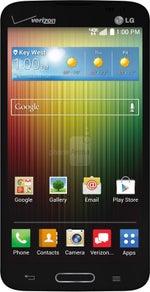
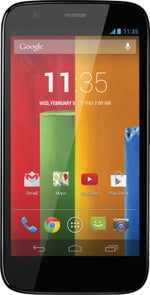
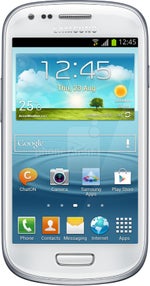
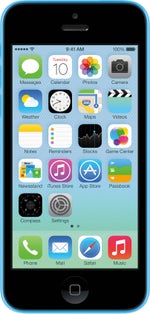




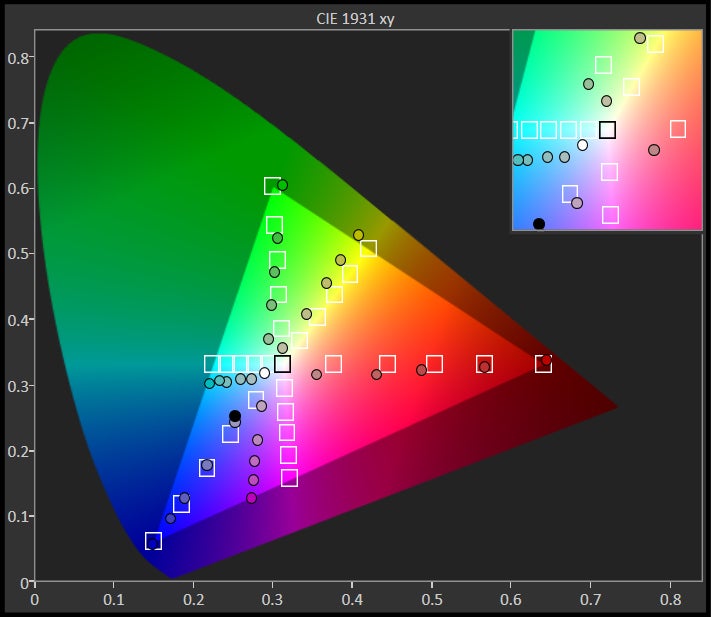

















Things that are NOT allowed: